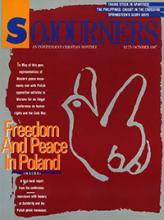"What we have here is not total war but total strategy," declared Philippine Chief of Staff Fidel Ramos at a press conference in Davao City, Mindanao, in March. Ramos went on to commend the armed citizen vigilante groups for their strong contribution to the counterinsurgency campaign in Davao City.
Read the Full Article

Already a subscriber? Login
